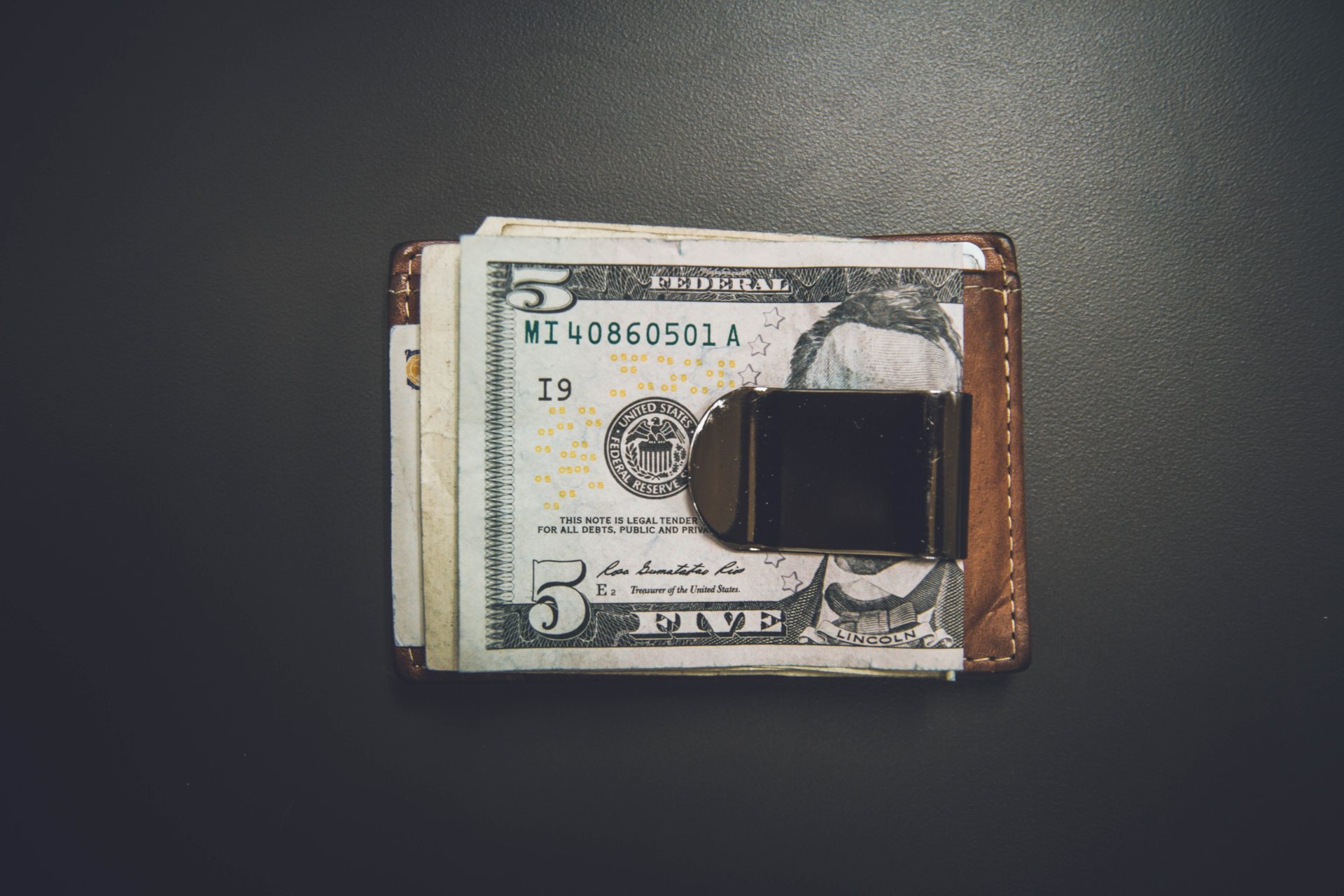2018-12-3 18:00 |
Part 2 of 3 in the Digital Gold on the Blockchain series
From the CMC editorial desk: In this continuation from the first post, we look at how asset-backed tokens such as gold tokens on the blockchain can engender confidence among those who choose to invest in it. It’s a fascinating look at the realities and challenges of operating asset-backed tokens!
Although cryptocurrencies have existed for nearly a decade, they only started becoming a highly attractive investment tool at the beginning of 2017. Bitcoin, the most popular and profitable digital currency, soared in value, eventually reaching heights of nearly $20,000. Not bad for an asset that was worth less than $1,000 when the year started.
Many other tokens quickly attracted attention as they too climbed in value. At the same time, hundreds of different currencies stepped onto the scene, capitalizing on the ethos of the digital era and the rising awareness of their progressive potential.
It may seem strange that something that cannot be seen or felt can become so valuable, but, in many ways, cryptocurrencies are perfectly representative of the digital age.
In recent years, we have seen new developments in the financial services space which have revolutionized the way we view technology and currencies. From China’s Wechat as a “one app to rule them all” to concepts such as microinvestments with Acorns, and efficient peer to peer transfers with Transferwise, there is a growing interest in alternative financial services platforms.
Cryptocurrencies fall within this space of alternative financial investments and have the unique selling points of decentralization, transparency and immutability in record keeping. There are differing categories of cryptocurrencies, and for the purposes of this discussion, we broadly group them into (i) alternative payment currencies (such as Bitcoin), (ii) utility tokens (such as Binance Coin) and (iii) stablecoins (such as Tether’s USDT). Another upcoming category include (iv) security tokens, which differ from the other cryptocurrencies in its regulatory structure.
While there is positive headway in mass adoption of Bitcoin as an alternative currency, such as Bitcoin being viewed as a legal currency in Japan, it will be some time before the same view will be said of the latter categories of utility tokens and stablecoins. Questions of legality aside, there is a much more tangible problem preventing cryptocurrencies from being broadly adopted as money – their values fluctuate too much.
Famous for the Wrong ThingsAt this point, the cryptocurrency market turbulence is a thing of lore, experienced often and talked about almost constantly. Although prices have experienced some periods of relative stability this year, it’s not uncommon for a digital currency to endure double-digit price fluctuations within a single day or even in a single hour.
These rapid changes – ominously dubbed flash crashes – make it very challenging to use Bitcoin or other similar tokens as currency. After all, nobody wants to pay for an item with a currency that could be worth significantly more by the end of the day. As a result, digital currencies are primarily seen as speculative assets.
In July, Noah Smith, an assistant professor of finance at Stony Brook University, analyzed Bitcoin’s volatility and determined that the token’s instability made its role as digital gold rather than digital currency more likely. As he explained to Bloomberg, “So my prediction is that Bitcoin will stick around, experience repeated bubbles and busts, but slowly gain in value. That is why I still own some Bitcoin.”
Unfortunately, even when classified as a speculative investment, cryptocurrencies behave in unpredictable and often unexplained ways. Even experienced investors have little ability to determine underlying fundamentals or traditional metrics for evaluating the novel investment vehicle. That’s why, as the crypto movement began to accelerate, TechCrunch lamented, “the problem is we have no way to figure out their value.”
A New Class of CryptoOne of the most prominent solutions to this problem is the introduction of asset-backed tokens, digital currencies that derive their value directly for a tangible asset like dollars, real estate, or gold. The category of stablecoins which are backed by dollars and real-world currencies would be viewed as a subset of asset-backed tokens.
Forbes describes these tokens as the “Holy Grail” of cryptocurrencies, and it’s easy to see why. Because their corollary assets maintain a relatively steady price, asset-backed tokens represent a currency with the stability of a tangible asset and the flexibility of a digital token. For example, a number of stablecoin projects, such as Tether (USDT) and True USD (TUSD), purport to have their resident stablecoin backed by an equivalent reserve of dollars, which is one of the most popular asset reserves, on a proportional basis.
Cryptocurrencies’ underlying technology, the blockchain, can produce a level of public transparency that’s unparalleled in the financial industry. However, ascertaining transparency becomes more complicated when it comes to validating real-world assets. Although the blockchain provides a measure of accountability for asset-backed tokens, real-world assets require physical verification.
Challenges in Verifying Physical AssetsA lack of verifiability can cause people to question the veracity of asset-backed token projects.
Fortunately, this is a mostly fixable problem. By deploying third-party, in-person verification of physical commodities and assets in custodial storage that are in line with industry standards and requirements with blockchain technology, the latter can create a proof of provenance that supports the currency’s underlying claims.
For example, at Digix, we have developed a supply chain tracking system, called the Proof of Provenance (PoP) protocol, that increases the trackability, auditability and transparency of asset-backed tokens. Every logistical process and documentation that goes into purchasing, depositing and auditing gold bars in custodial vaults are actively tracked and recorded on the public Ethereum blockchain (a distributed ledger) and IPFS (a distributed database), with all supply chain information readily available to the public at large to verify their authenticity. By design and by default, there will never be gold tokens issued without first going through the PoP protocol.
These measures are useless if the records aren’t available to users in the first place, but the public blockchain is used to create a verifiable, transparent record that attests to a company’s asset-backed claims. Anyone who finds these documentations wanting are able to use them as evidence against the company’s claims.
Of course, there is a limitation to the extent of assurance over the physical gold which we can provide to the end users of DGX on our own without a third-party confirming it as such, even with a blockchain. This is part of the challenge of closing the gap between the physical world and blockchain. In response, there is a need to adopt a blend of blockchain technology and real world assessment on the physical gold bars to assuage some of the worries that users or holders of the tokens may have.
The precious metals market is a mature and established industry with established and reputable players, all throughout the supply chain. At least for now, affirmation and attestation by professionals over the physical gold bar can be much more than reliable than just the word of Digix alone – trust for these entities is still at a premium, and something that will remain for at least the next while. The argument is still that physical gold as a traditional investment asset class is much better off being handled by professionals with decades of experience in that space. The part that Digix does best is to translate that professional handling of physical gold into a transparent and open provenance chain that anyone can verify the supply chain on their own.
Various tokens may apply this process differently depending on the levels and types of verification documents that are required for certification in the real world. For example, diamond-backed tokens likely require different types of verification than gold-backed tokens, but the underlying principles are the same. The cryptocurrency community is predicated on a trustless ethos that relies on technology rather than altruism to create confidence in the markets, and issuers of these tokens have to continue to strive to bridge the provenance of these assets from offline to online.
The fervor for cryptocurrencies isn’t going to dampen anytime soon. In fact, as institutional investors are entering the market, it’s continuing to become more expansive and prolific. Asset-backed tokens represent an important next step for the usability and efficacy of digital currencies, and an essential mix in any portfolio. They bring stability to an otherwise turbulent market, and they offer a modern expression of antiquated commodities. Undoubtedly, their value is contingent on them being reliable and verifiable, a process that can be adequately deployed to buoy platforms various products.
About the AuthorsHuiling Xie and Geoffrey Cher (Business Development, Digix)
About DigixDigix is a Singapore based pioneer asset tokenisation company incorporated in 2014, with physical gold on the Ethereum blockchain, DGX, being its first product. Digix has been awarded numerous Fintech accreditations and its CEO, Kai C Chng, was recently invited to speak at a Blockchain parliamentary session that was organized by the European Parliament. Although Digix has strong roots in the APAC region, its brand name has a global reach.
Digix conducted the first ever onchain crowdsale on Ethereum in March 2016, where it raised more than 460,000 ETH. It aims to democratise access to gold for the masses and become a driver for ascertaining the provenance of real world assets.
You can engage with the Digix community on Twitter and Discord.
The post Building Confidence in Asset-Backed Tokens appeared first on CoinMarketCap.
origin »VIP Tokens (VIP) íà Currencies.ru
|
|



